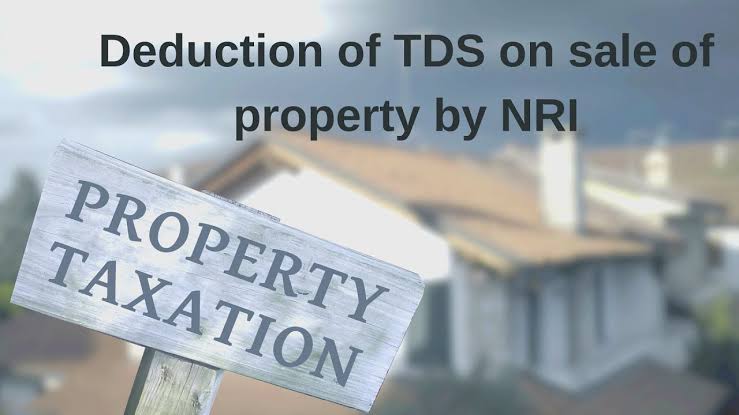
Selling property in India can be a significant financial transaction, especially for Non-Resident Indians (NRIs). However, navigating the tax implications, particularly the Tax Deducted at Source (TDS) obligations, can be complex. In this blog, we’ll explore the TDS liability when an NRI sells property in India, the option of obtaining a lower or nil TDS deduction certificate, and how to go about it.
What is TDS and Why Does it Matter?
Q: What exactly is TDS, and why do I have to worry about it when selling my property in India?
When selling property in India, the buyer is responsible for deducting TDS on the sale consideration before making payment to the seller. This requirement is part of Section 195 of the Income Tax Act, 1961, which ensures that income earned by non-residents, including NRIs, is taxed appropriately.
The TDS rate varies depending on whether the property is considered a long-term or short-term capital asset:
These rates are further affected by applicable surcharges and cess, which can increase the overall TDS.
Standard TDS deductions can present several challenges for NRIs:
The Option for a Lower/Nil TDS Deduction Certificate
To address these challenges, you can apply for a Lower/Nil TDS Deduction Certificate from the Income Tax Department. This certificate allows for TDS to be deducted at a reduced rate or not at all, based on your actual tax liability.
Benefits of Obtaining the Certificate:
How to Apply for a Lower/Nil TDS Deduction Certificate
Prepare Your Documents:
Submit Form 13 Online:
Await Assessment:
Provide the Certificate to the Buyer:
Understanding and managing TDS obligations when selling property as an NRI can be complex, but the option to obtain a Lower/Nil TDS Deduction Certificate simplifies the process. By following the steps outlined, you can minimize TDS deductions, improve your cash flow, and ensure a smoother transaction.